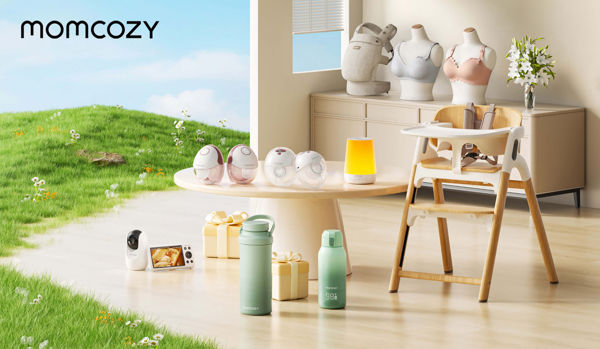Parents of baby boys are faced with a unique question– to circumcise or not to circumcise? Male circumcision is when the foreskin of the penis is removed. There is a wealth of information concerning the pros and cons of circumcision, both culturally and medically, and every family needs to make an informed decision on how to proceed.
If you decide to circumcise, you have already crossed the biggest hurdle. However, you may still have questions regarding how it will happen and how you can care for your baby as he heals.
Types of Circumcision
There are various methods for male circumcision, including dorsal slit, shield and clamp, and excision. In the United States, most doctors favor one of three methods: the Mogen clamp, the Plastibell, or the Gomco clamp. These three methods are considered safe and effective. Still, some doctors may have a preference or be more experienced in a particular method.
Immediately Following Circumcision
Depending on the method used, the care and appearance of your baby's circumcision site may vary slightly. For example, suppose your baby's doctor used the Plastibell method. In that case, your baby's penis will have a small plastic ring remaining in place before falling off on its own.
Your baby's penis will most likely be red and swollen, and there may be a small piece of gauze with a few drops of blood. You will be given directions on whether you should replace the gauze with a clean piece after your baby urinates or discard it altogether. If you have any concerns or questions about the appearance of your baby's penis after circumcision or how to properly care for your baby during the healing process, do not be afraid to ask your baby's healthcare provider. You should feel completely comfortable and confident in your baby's care.
Follow-up Care for Circumcision
Wash your hands and gently clean the penis with warm (not hot) water at every diaper change, and softly pat dry. This is particularly crucial after a poopy diaper. Using baby wipes could cause stinging or irritation until the penis is completely healed. Apply petroleum jelly (Vaseline) or Neosporin liberally directly onto the penis to avoid any friction irritating the site. If your baby has a plastic ring on their penis from the Plastibell method, do not pull on the ring, it will fall off on its own after healing. A thin yellow film may appear on the penis, which is part of the healing process, do not remove the film, as it will go away on its own. When closing your baby's diaper, do so loosely to avoid putting excessive pressure on your baby's penis while it heals.
Medication
Your baby may be given a local anesthetic, such as a numbing cream, before the circumcision process. Do not give your baby any medication unless specifically directed by your doctor. To minimize pain, follow the care directions above, especially using ample amounts of petroleum jelly and fasting the diaper loosely.
Whether you're looking for baby gear or self-care essentials, we've got you covered!
Warning Signs After Circumcision:
If you notice any of the following symptoms, contact your baby's medical care professional immediately:
- Bleeding profusely
- Running a fever
- No urination within eight to twelve hours
- Redness spreading toward the stomach
- Black and blue coloring of the penis
- Any thick, yellow discharge from the penis
- Excessive fussiness with a high-pitched cry or refusal to eat
- If the Plastibell method was used and the ring has not fallen off after ten to twelve days
Making decisions for your newborn baby and his continuing care is an important responsibility. Circumcision is a routine outpatient procedure, but still, a surgery that will impact your baby for the rest of his life. Take the time to research your options, ask questions, and follow through with necessary post-operative care so that your little one can be as happy and comfortable as possible!





